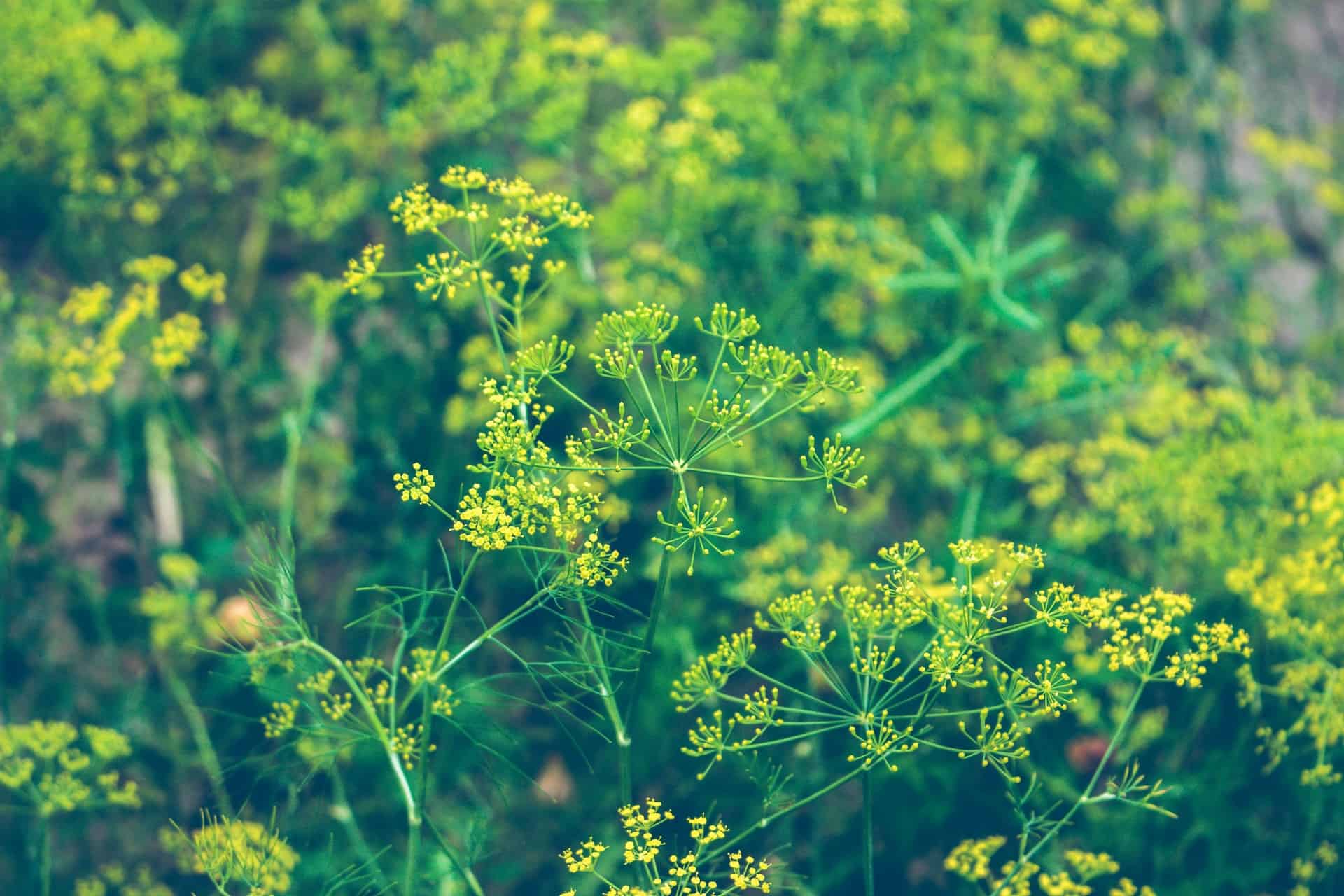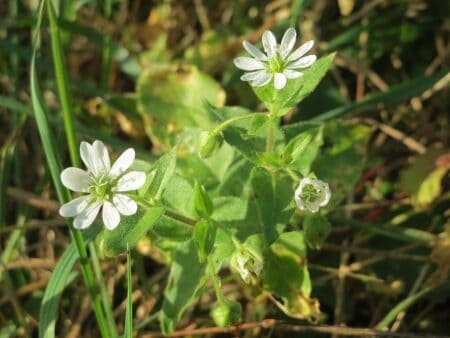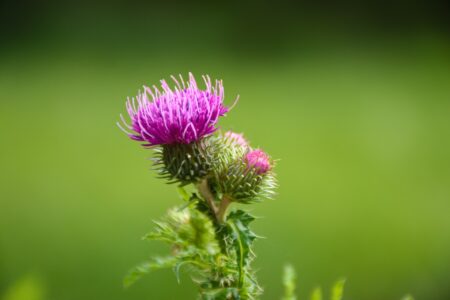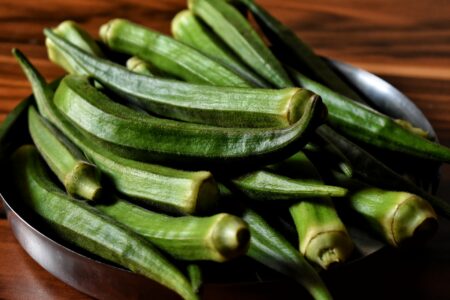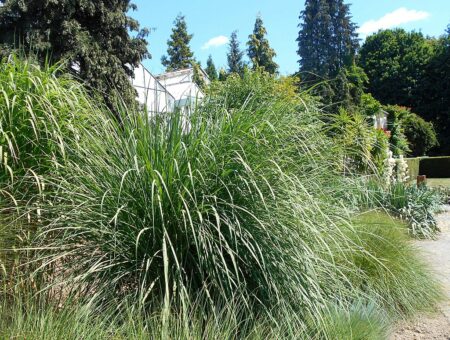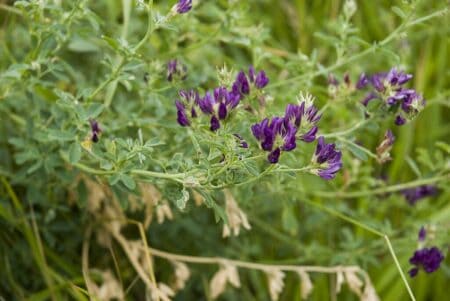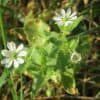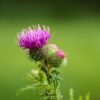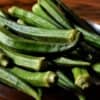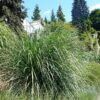For a good reason, Dill is a popular vegetable: it’s delicious to eat and easy to grow. But there’s one thing you might not know about Dill: it loves to grow with other plants!
Whether you’re growing parsley and cilantro together or caraway, Dill likes to get along with its neighbors.
If you’ve noticed that your dill plants have been dying off over the past few years (or worse, they’ve turned blue), you may have a problem with companion planting.
This article will show you how to solve your dill companion planting problems once and for all!
What Is Dill?
Dill is a herb that belongs to the family Apiaceae, which also includes carrots, celery, and parsley.
It has small white flowers and feathery leaves that are either curly or flat. It grows up to 2 feet tall and can be harvested anytime during its growing season.
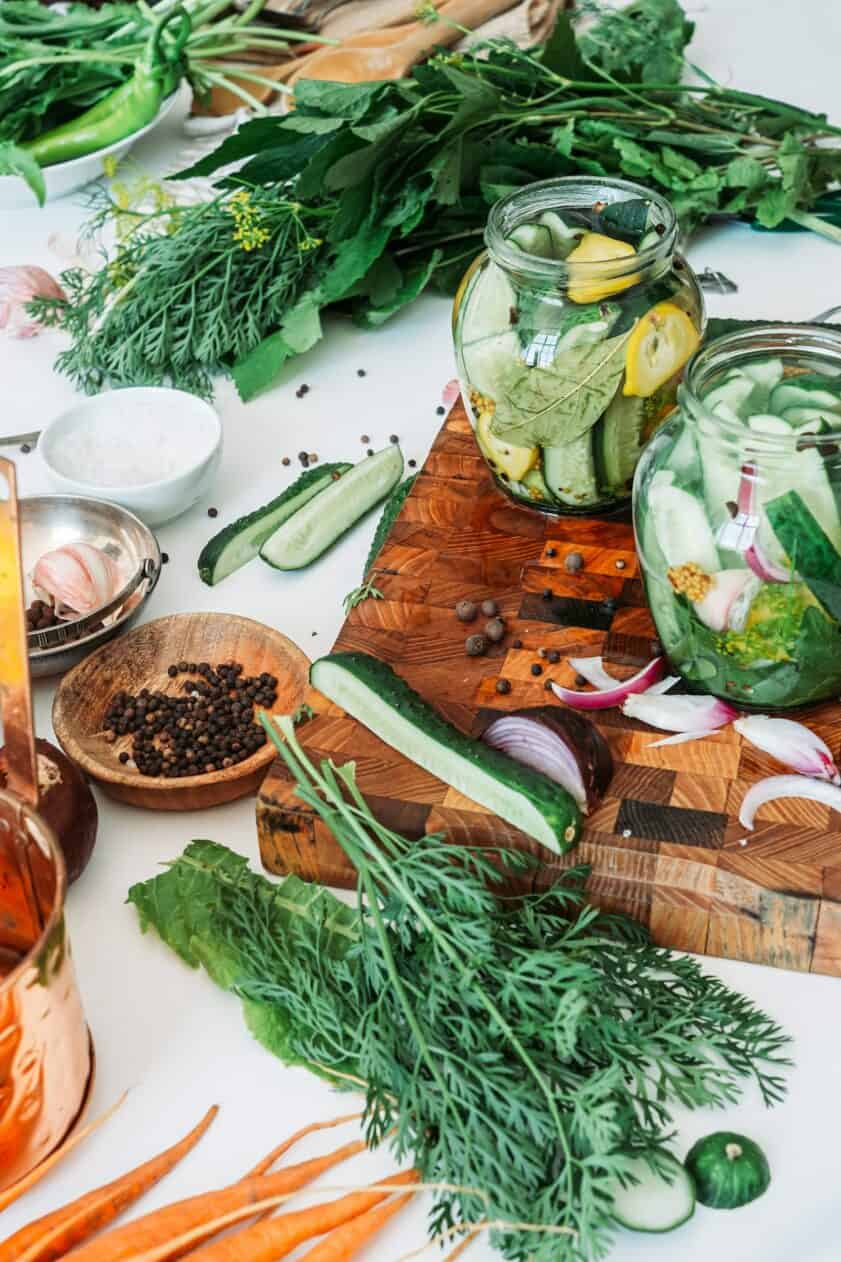
Dill is a flavorful herb that’s used in many types of cuisine. It has a slightly sweet taste, with hints of anise and fennel. You can use it in soups, salads, cheese dishes, sauces, and more.
Dill is easy to grow from seed and can be planted directly into your garden or container once the weather warms up. Dill is a perfect choice if you’re looking for an alternative to cilantro or parsley in your garden!
Dill leaves can be picked at any time before the flowers appear. To harvest Dill, cut the leaves at the point where they meet the stem. Discard any remaining thick portions of branches (as these will flower if left intact).
Why Is Companion Planting Important For Dill?
Companion planting is a sustainable gardening technique that uses plants to support each other. Companion plants can help deter pests, attract pollinators, and increase yields.
Dill is a very easy herb to grow, but it can be susceptible to pests like fleas and cucumber beetles. Planting dill near other plants with a strong scent or aroma can help deter these pests from attacking your dill plant.
Here are other benefits of growing companion plants with the Dill plant.
Benefit #1: Minimizes the Risk of Diseases
Companion plants can also help reduce the risk of diseases in your garden by creating a diverse ecosystem.
For example, planting Dill near other herbs like carrots or parsley will help deter root-knot nematodes. Root-knot nematodes are microscopic worms that live in the soil and infect the roots of plants.
Benefit #2: Great Method for Organic Weed Control
Companion plants can help deter weeds from growing in your garden.
When you plant Dill near other herbs, you create a less ideal environment for weed growth.
Benefit #3: Increases Harvest Sizes
The best companion plants for Dill will also help increase your yields.
Dill attracts pollinators, which will attract more beneficial insects to your garden.
Benefit #4: Gives Your Garden Aesthetic Value
Companion planting is a beautiful way to give your garden aesthetic value. You can use plants with different colors and textures to create a stunning display that’s also functional.
Try pairing Dill with lavender or basil to make your herb garden more visually appealing.
Benefit #5: Saves Space
Plants used together in companion planting can often be planted close together. When planted together, they help each other grow and need less care than if planted alone.
This saves space, which is especially important when growing herbs in a small garden.
Benefit #6: Reduces Water Requirements
Plants that are grown together can reduce the water requirements of each plant. This is because companion plants help shade each other, reducing evaporation and transpiration.
Dill is a very thirsty plant, and in times of drought, it can benefit from being planted with plants that have deep roots.
Carrots are a great example of this; they’re perfect companions to Dill because they have deep roots that help draw water up from the soil and into their leaves.
Benefit #7: Can Produce Self-Sustainable Gardens
Companion planting is a great way to increase the size and productivity of your garden.
Growing dill plants alongside vegetables or herbs can repel pests, attract pollinators, and increase yields.
7 Best Companion Plants To Pair With Dill
Here are the seven best plants to pair with Dill.
Companion Plant #1: Garlic
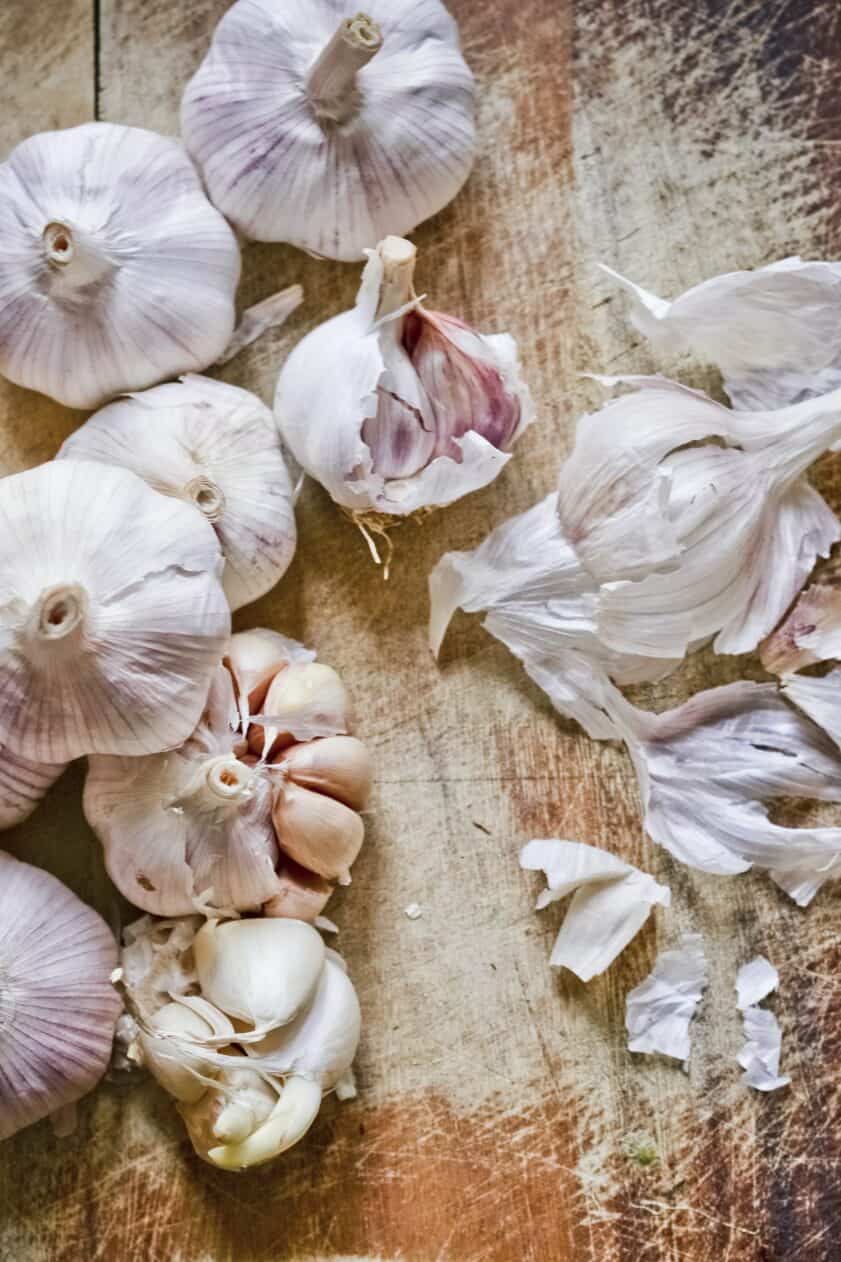
Garlic has many benefits, including repelling pests and helping to prevent disease.
It also has a long growing season, so it can be planted in early spring or late fall when Dill is still in the ground; garlic will mature at the same time as Dill.
Companion Plant #2: Tomatoes and Cucumbers
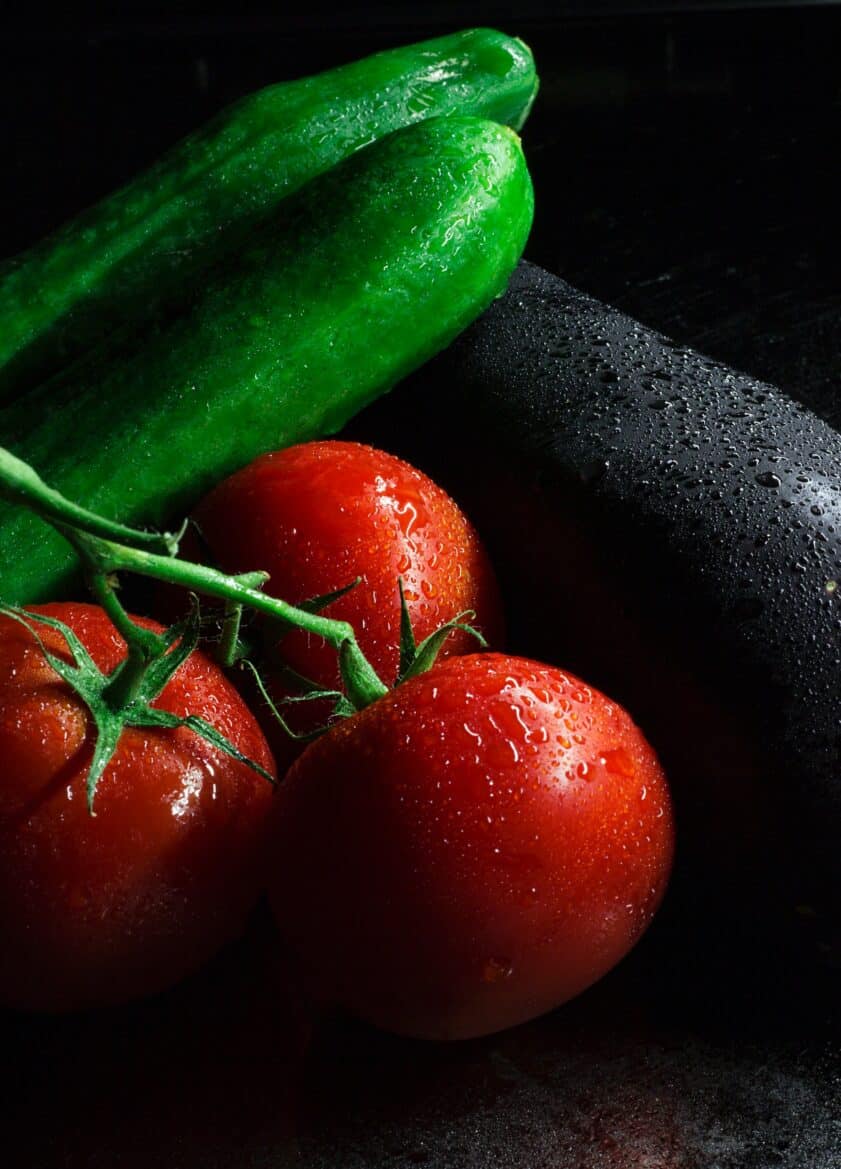
Tomatoes and cucumbers are great companion plants to Dill because they protect from pests and diseases.
They also have a similar growing season, so this is an easy combination to plant together in your garden.
Until the Dill plant flowers and sets seed, it can be helpful to plant it next to tomato plants; however, once mature Dill begins growing tall stalks with tiny white flowers on them, its aroma may stunt the growth of neighboring tomatoes.
Companion Plant #3: Onion

If you’re looking for a way to repel pests, onions are a great companion plant to Dill because they release sulfur into the soil when planted next to each other.
This helps deter slugs and other unwanted pests from eating your plants.
Companion Plant #4: Cilantro
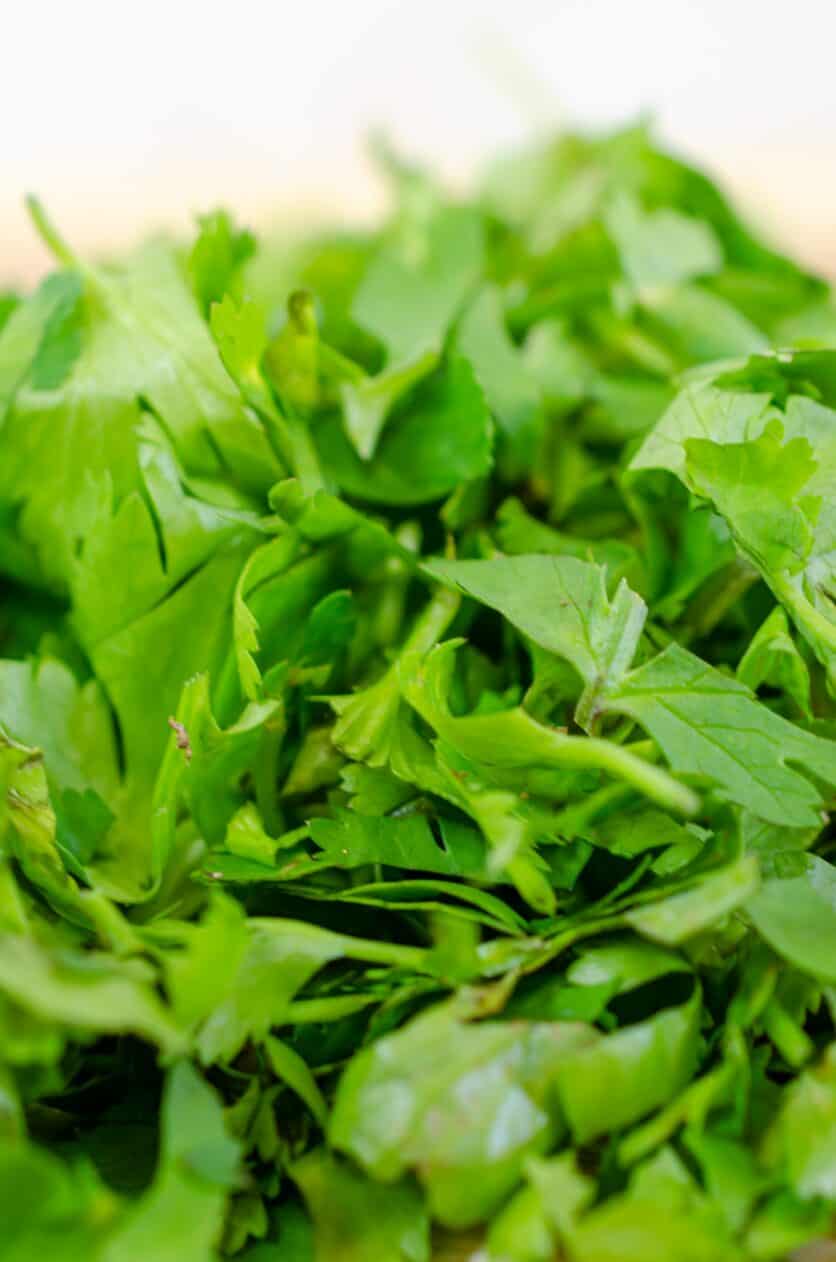
The leaves of this herb grow in clumps to be used as a trellis. The stems taste closely related to Dill.
This herb is one of the most commonly used companion plants with cucumbers and squash because it helps repel insects that can attack these plants.
Companion Plant #5: Parsley
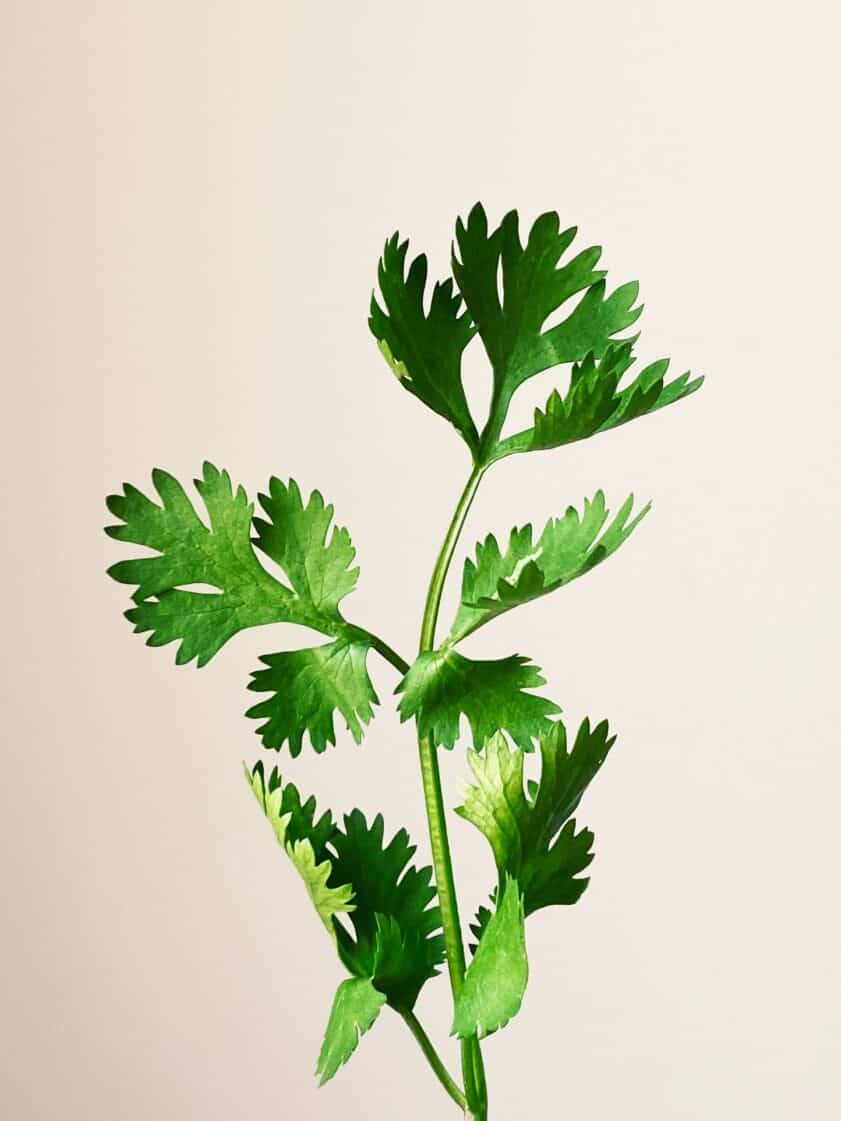
Parsley is a cousin of carrot, celery, and fennel.
It’s often grown together with Dill to deter pests from attacking them at once.
Companion Plant #6: Chervil
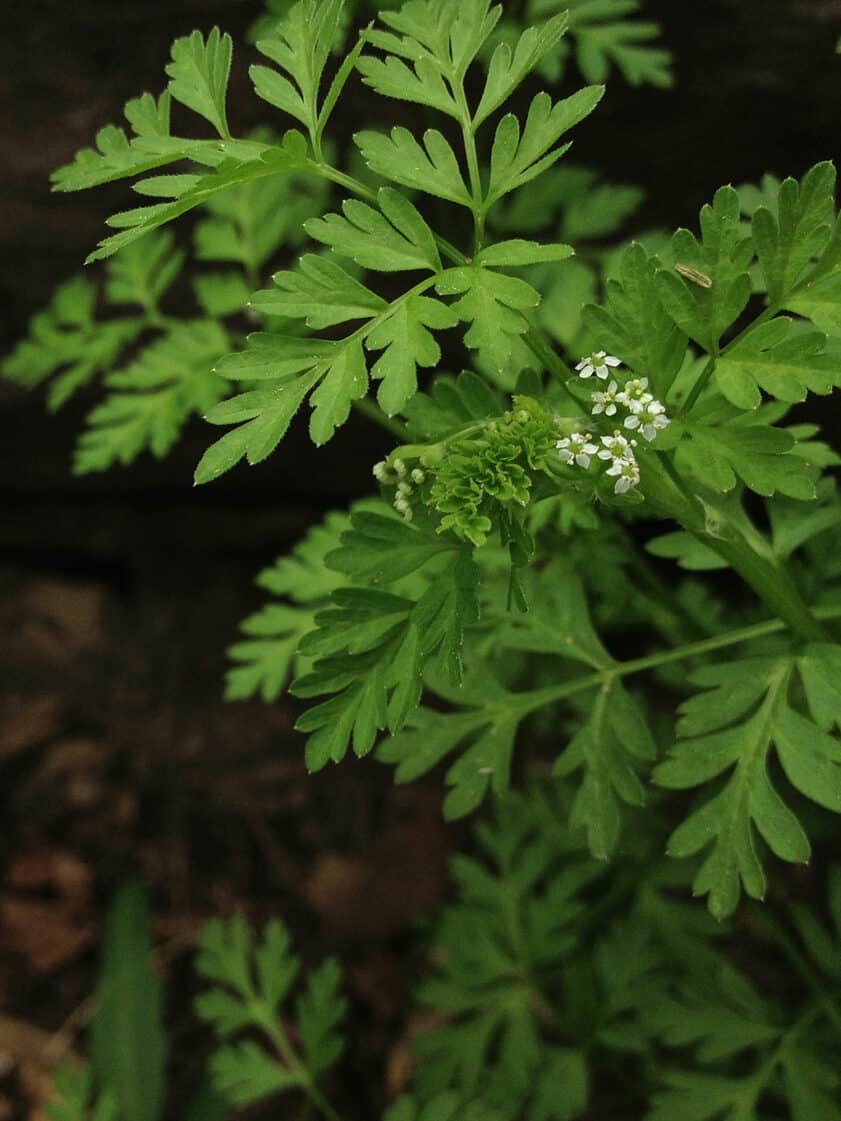
Chervil is another herb that can be planted alongside Dill. It has a long growing season and is best sown in early spring or late summer.
It’s also good for repelling pests like aphids and cabbage worms.
Companion Plant #7: Asparagus

Asparagus likes to be planted in the same area year after year. It’s a long-term companion plant that will help keep weeds at bay and prevent soil erosion.
Plant dill to lure lacewings and ladybugs, which prey on aphids that damage asparagus.
Conclusion
Next time you have to plant some dill, remember the benefits of pairing dill with the right plant.
It’s relatively easy to grow and makes your garden healthier, more productive, and more valuable.
The companion plants help protect the dill plant from diseases, pests, and bugs and make the most of the nutrients and sunlight, which leads to healthy growth and high yield.

